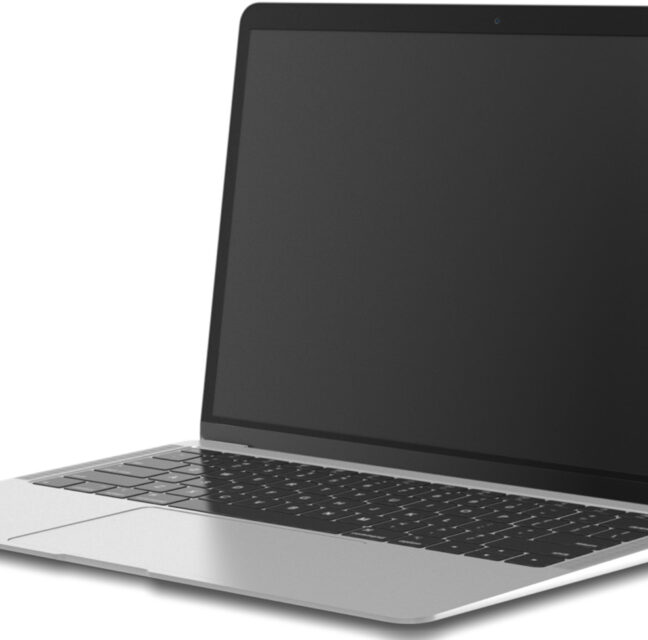March in SW Florida should be clear, dry, sunny and getting warmer. Get ready to make a difference in your landscape whether it is through participation in your association, in your own yard or with decorative pots at your door and in the lanai. Many plants begin to flower this month, including amaryllis, coral tree, Indian hawthorne, red powder puff, allamanda, and bougainvillea.
• Fungus: Moist leaves in the morning that don’t dry off very quickly are highly susceptible to fungus. This condition will affect most plant species, including the turf.
• Tools: Clean and sharpen all tools. Pruning will be much easier and your cuts true and sharp. Clean cuts lessen the possibility of fungus and bacteria settling into frayed branch edges.
• Pruning: Almost everything overgrown or dead can be pruned. The exceptions include trees and plants in flower or those about to flower. Go after plants that have damaged branches. Cut back by 1/3. A horizontal butch haircut method only encourages top growth, not interior or base growth. Don’t touch bougainvillea until after Mother’s Day.
• Hurricane Pruning: A well- pruned, properly pruned tree is one that has had limbs removed that are crossing each other, are broken or damaged, or are forming a weak link to the trunk. Excessive pruning only produces thick weak growth that will cause problems in high winds.
• Pruning Palms: Palms should only have dead or dying (browning) fronds and inflorescences/fruit removed. The standard of leaving fronds between 9 and 3 o’clock (the horizon line) is best. Removing green fronds stresses the palm by limiting its source of nutrients for new growth. If you look up at the top portion of the palm, where the fronds are attached, and you see a narrowing or penciling, that means it is being over-pruned and the portion available for frond production becomes increasingly narrow. It will look like a sharpened pencil. • Fertilizing: Purchase the pricier slow-release, complete fertilizer. Micronutrients are mandatory for plants in our area. Buy a good quality palm food and use it on everything…palms, trees, shrubs, ground covers and perennials. Fertilizer contains salts; always try to water first if the ground is dry. Afterwards, broadcast the fertilizer in the area of the plant’s drip lines (not at the trunk) and water it into the ground. Fertilize the soil, not the plant.
• Weeding & Mulching: Three inches of organic mulch will subdue most weeds, but some will come through the barrier. An application of pre- emergent herbicide will kill germinating seeds but it should be applied prior to the mulch. Keep mulch away from tree trunks and stems of shrubs and perennials.
• Turf Management: If not done already, apply a pre- emergent herbicide early in the month for control of summer weeds.
• Irrigation Systems: Systems should be checked for proper coverage. This is very important and is an ongoing monthly, sometimes weekly, task. Our community system is known for tiny snails that will multiply rapidly and clog the irrigation water filters, pipes and sprinkler heads. Whoever is maintaining your irrigation system should be paying close attention. March and April are two of the driest months, and the temperature is heating up. Your landscape requires consistent watering and coverage.
• New Plantings: Almost everything, including cold- sensitive tropicals, flowering ornamentals and palms can be planted now. Planting too deeply will kill almost any plant. In addition, planting trees too closely to each other means trouble in the future, with disease, weak growth, misshaped limbs and a huge waste of money and plant material.
• Planting Annuals: Our soil cannot support annuals or most perennials – they often quickly die. To succeed, purchase annual soil mix and mound it high, adding Osmocote. Plant, water with fresh water (your hose) initially to supplement or replace the irrigation water. A blossom booster and fungicide, applied as directed, is also recommended.
HINT – Spend a little extra by buying a quart-sized plant instead one in a smaller pot. You won’t need as many, and it will establish much more quickly, with less effort on your part.





